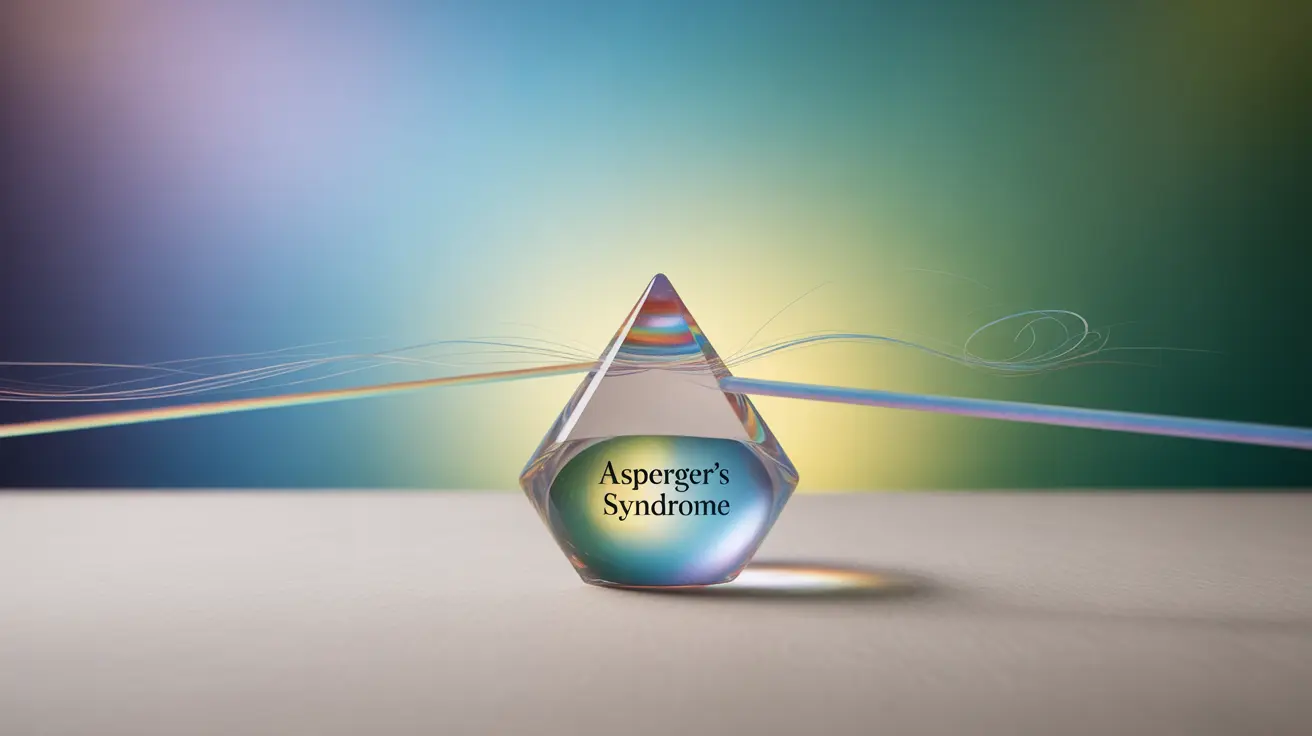The relationship between autism spectrum disorder (ASD) and Asperger's syndrome has evolved significantly over the past decade, leading to important changes in how these conditions are diagnosed and understood. While Asperger's was once considered a separate diagnosis, it is now recognized as part of the broader autism spectrum, prompting many to question the distinctions between these terms.
This comprehensive guide explores the historical and current understanding of autism and Asperger's, helping you better understand the relationship between these conditions and their impact on individuals and families.
Historical Context and Diagnostic Changes
Historically, Asperger's syndrome was classified as a distinct condition characterized by challenges in social interaction and communication, alongside preserved language and cognitive development. However, in 2013, the Diagnostic and Statistical Manual of Mental Disorders (DSM-5) made a significant change by incorporating Asperger's syndrome into the broader category of autism spectrum disorder.
This reclassification reflected growing scientific understanding that autism exists on a continuous spectrum rather than as separate, distinct conditions. The change aimed to improve diagnostic accuracy and ensure appropriate support for individuals across the entire spectrum.
Key Characteristics and Distinctions
Traditional Asperger's Profile
Before its incorporation into the autism spectrum, Asperger's syndrome was typically characterized by:
- Strong language skills and normal to high intelligence
- Difficulties with social interaction and non-verbal communication
- Intense interest in specific topics
- Preference for routine and predictability
- Challenges with emotional expression and interpretation
Broader Autism Spectrum Features
The wider autism spectrum encompasses a more diverse range of characteristics, including:
- Varying levels of language development
- Different degrees of intellectual ability
- Sensory processing differences
- Range of social communication challenges
- Various levels of support needs
Diagnosis and Assessment
While Asperger's syndrome is no longer an official diagnosis, many adults who received this diagnosis previously may still identify with the term. Modern autism assessment focuses on evaluating an individual's strengths and challenges across multiple domains, including social communication, behavioral patterns, and support needs.
Adult Diagnosis Considerations
Adults seeking diagnosis today will receive an autism spectrum disorder diagnosis if appropriate, with specific notation of their support needs and functioning levels. This comprehensive approach allows for more personalized support and intervention planning.
Support and Treatment Approaches
Treatment and support strategies are typically tailored to individual needs rather than diagnostic labels. Common approaches include:
- Social skills training
- Cognitive behavioral therapy
- Occupational therapy
- Communication support
- Educational accommodations
- Workplace adaptations
Frequently Asked Questions
What is the difference between autism spectrum disorder and Asperger's syndrome?
Asperger's syndrome is now considered part of the autism spectrum rather than a separate condition. The main historical distinction was that individuals with Asperger's typically had strong language skills and average to above-average intelligence, while maintaining the social communication challenges characteristic of autism.
How did the diagnostic criteria change to combine Asperger's syndrome into the autism spectrum?
In 2013, the DSM-5 merged Asperger's syndrome into the broader autism spectrum disorder category. This change reflected research showing that autism exists on a continuous spectrum rather than as distinct conditions, allowing for more accurate diagnosis and appropriate support planning.
What are the typical symptoms that distinguish Asperger's from other forms of autism?
Traditionally, Asperger's was characterized by strong verbal abilities, normal to high intelligence, and specific interests, while presenting with social communication challenges. However, current diagnostic practice focuses on identifying individual support needs rather than distinguishing between former subcategories.
Can Asperger's syndrome be diagnosed in adulthood, and how does this differ from early autism diagnosis?
While Asperger's is no longer diagnosed as a separate condition, adults can receive an autism spectrum disorder diagnosis. Adult diagnosis often focuses more on how autism traits have impacted life experiences and may involve different assessment approaches compared to childhood diagnosis.
What treatment options and support are recommended for people with Asperger's compared to broader autism spectrum disorder?
Treatment and support recommendations are now based on individual needs rather than diagnostic labels. Support may include social skills training, cognitive behavioral therapy, occupational therapy, and workplace or educational accommodations, tailored to each person's specific challenges and goals.




